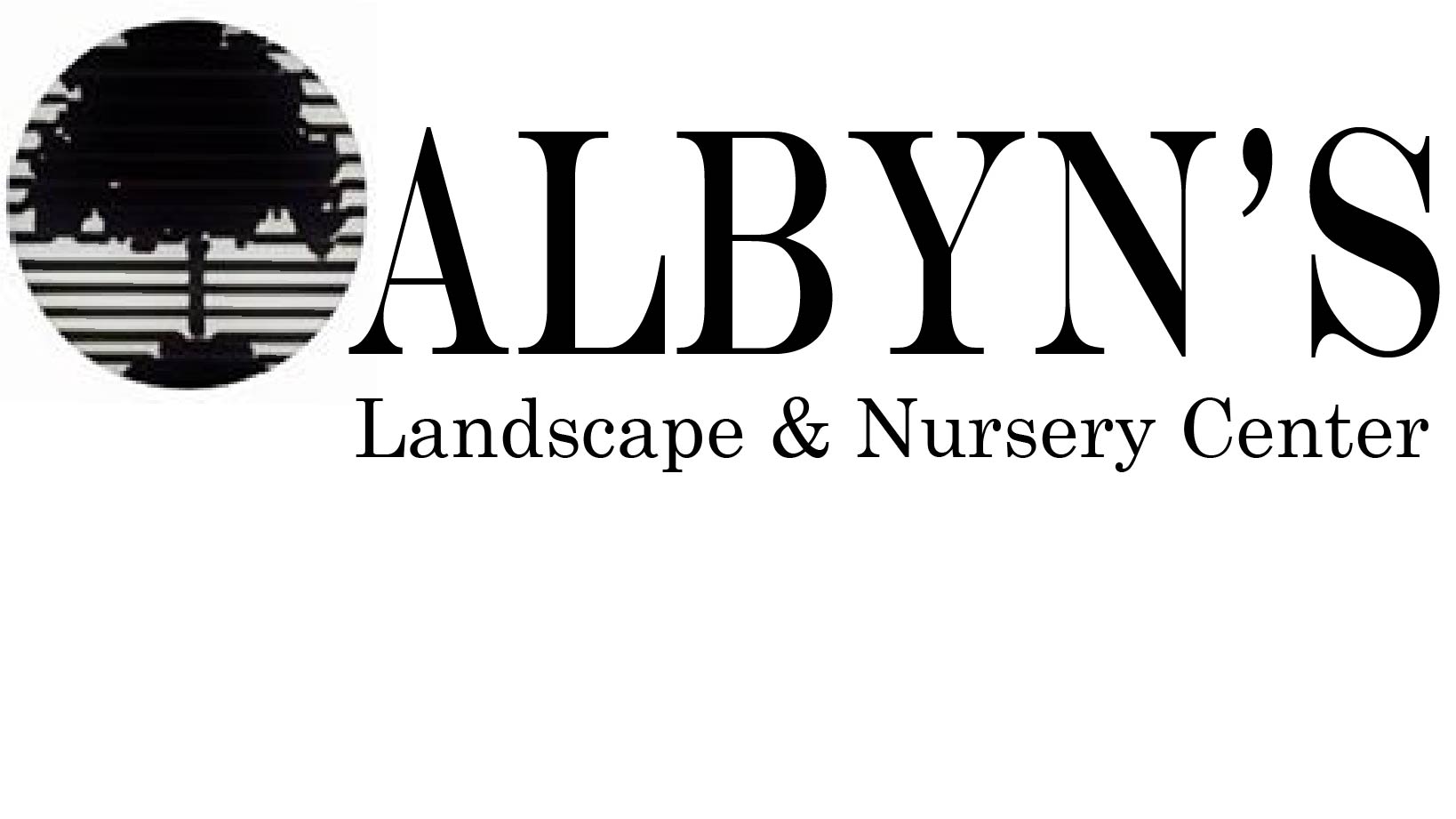Toxic or Treatable? Most Common Evergreen Diseases
Insects, powdery mildew, and dead branches are definitely not on my wanted list! When any tree or shrub is planted it runs the risk of developing those inconvenient pests, fungals, and sometimes environmental damage. It's so important that you keep in the loop if something does start to grow funky, looses foliage, and gathers strange markings. Here are some of the most common diseases we often see that are associated with evergreen shrubs and trees.
Here is a list of the most common diseases
- Cytospora Canker of Spruce
- Rhizosphaera Needle Cast
- Bagworm
- Cercospora Blight
- Diplodia (Sphaeropsis) Blight - specialty evergreen
- White Pine Weevel
Cytospora Canker of Spruce - Stem disease, browning of needles, and lower dying branches. More common with older trees 15+ years.
Rhizosphaera Needle Cast- this disease starts from the base and climbs up the tree. It can be sometimes hard to spot, branches may not start to show visible signs until 5 months later from being infected initially.
Bagworm- Perennial insect pest that can infect Arborvitae, Juniper, Pine, Spruce and can attack deciduous trees like the Honeylocust, too. Easy to identify this pest, you will see a bag of silk hanging from tree,
Cercospora Blight- Occurs when plants are overcrowded and has limited amount of actual sunlight needed. Disease starts at the base of the plant and works its way upward. Known to spread during the warmer months.
Diplodia (Sphaeropsis) - occurs with rare evergreens: Austrian Pine. This disease will start to kill the tips of the needles, resulting in a brown color.
White Pine Weeval- Most destructive insect pest that can have a negative impact on Spruce Colorado, Spruce Norway, Pine Austrian, Serbian Spruces, etc.
